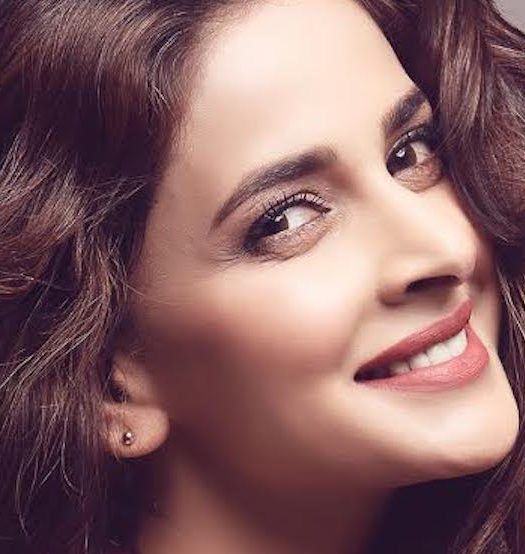I didn’t want it to come across as a propaganda piece ~ Daniel Kokotajlo
Daniel Kokotajlo’s, Apostasy is a honest and fresh perspective of religious faith and family life amidst it. A take on fundamentalism and what it is like to be a part of a doctrine, the film explores the story of three women whose lives are shaped by their beliefs. Daniel answers questions about how he managed to achieve evenhandedness with a subject like this and how he made specific decisions for the film to communicate in a certain way.

Daniel Kokotajlo
You’ve grown up in a family of the Jehovah’s Witness faith. How much of the events in the film are inspired from your own life?
Well, the film is not based directly on my life, but it’s based on life experiences in general within my family. While writing the film, I spoke a lot to my family members, my sister, and my cousins about memories of what it was like to be a Jehovah’s Witness. I stepped out of the religion when I was 23, it’s been 10 years now. So it was a case of revisiting and remembering that time and opening up that world again.
It is a very balanced film in terms of objectivity. There is no attempt to demonize the people from the other spectrum of belief. Was it difficult for someone who is an inactive member of the religion to be objective about it?
I think so. It is very easy to be critical of the Witnesses and what they do, especially for outsiders. So I was constantly checking to make sure the writing was even handed. Also I was always conscious of the fact that members of my family are still Jehova’s Witnesses & wanted to make sure I was respectful towards that. I wanted to make sure that when people of faith watch this film, they realize that I am trying to be as honest as possible. I didn’t want it to come across as a propaganda piece.
The film successfully passes the Bechdel Test criteria, of the female characters in the film having a dialogue about something besides a man. Was that design to put women at the center of the story a deliberate decision to say something specific?
While growing up, I was constantly shocked by the way the women were treated within the religion. I mean this film is a soft representation of what does go on. I wanted to focus on and show how difficult it is and how they have to manage in quite an old fashioned way, especially in the UK. It is more about the elder daughter’s character; her being creative and impulsive & how that is quite tricky for the elders to understand and so they are constantly judging her character and that is why she gets treated the way she does in the film.

Apostasy
Why have you selected this particular aspect ratio for the film?
The Witnesses are in this world, but are not a part of the world. They are so focused on the next thing, the new system, that they have this very restricted vision and I was trying to get that idea across.
When we were researching, we were looking at a lot of portraits and still photographs and we did some tests shoots and we decided to shoot in the still photography aspect ratio, which is 3:2. When we started shooting I was reminded of these images and we decided to go with that aspect ration; which a lot of projectionists have a problem with. It’s not a conventional aspect ratio & is hard to project.
You use this technique at the beginning of the film, where you show the characters talking to themselves. But after a point in the film that technique is not used again. Why did this detail, which is a part of the narrative in the beginning, not make its way through the entire narrative?
Originally when I first approached the idea, I was writing the story as a prayer. I felt that was a way to get into the characters heads. Then when I started developing it into a script I realized I wanted to use that in certain moments of the script. Especially the way it starts, the opening scene is a prayer and the film continues and again when we switch to the mother’s point of view it was again like restarting with an opening prayer for me. So yeah it sort of developed from there and it became more organic and I was less concerned about making the technique a major facet of the story. It was important to just use that when you really needed to get inside the head of the character, to understand how they feel at that point in the film.
How did you go about with the casting process for the film? Were there workshops for the actors?
Because the story was set in Manchester and that’s where I am from, it was important for me to cast people from that area. I was also sure I wanted to cast actors and I didn’t think street casting would work for the film. The good thing about Manchester is that there are so many talented actors there, since it’s this big TV town now.
Because I had this prayer device in the film, I wasn’t quite sure how I was going to film that part. So we did a lot of workshop kind of things during the audition and I would go back and try and edit it to work out how I am going to film it. I also used that bit to show the financiers how the film would look.



